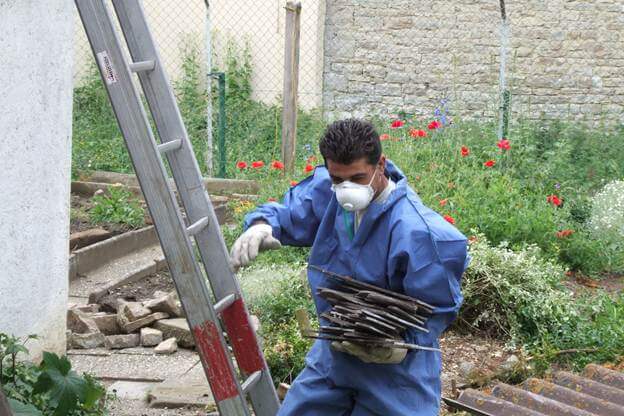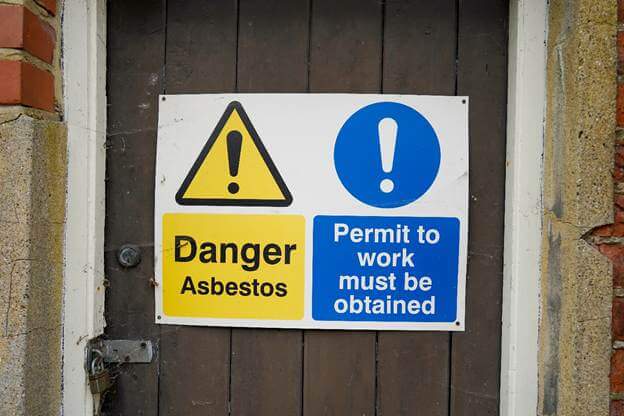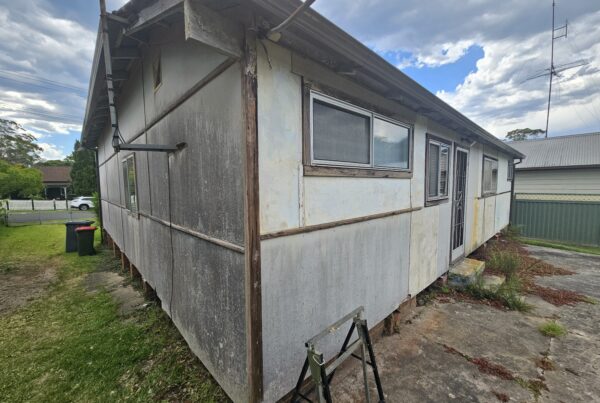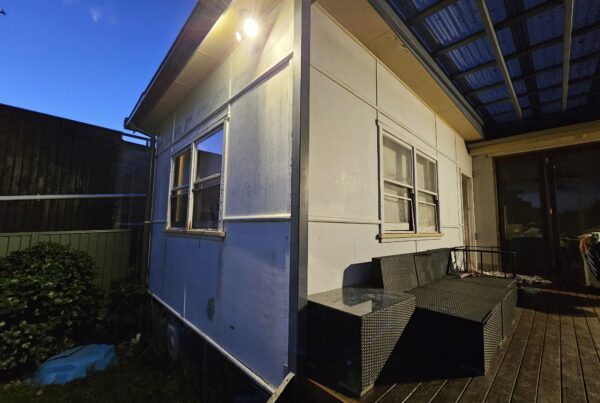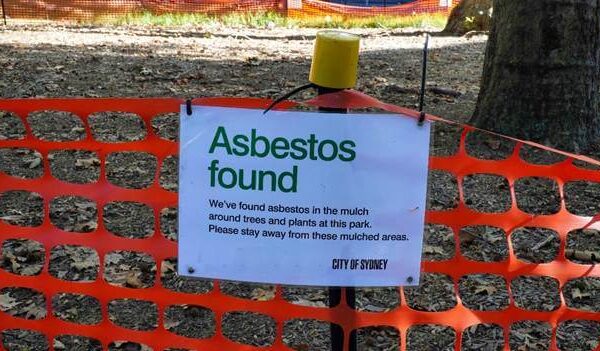We always advise our clients to get a licenced asbestos removal service to dismantle and dispose of asbestos-containing materials (ACMs) in their houses and buildings. These building materials become a serious health hazard when they suffer damage due to mishandling, and the risk of asbestos exposure grows when friable asbestos is involved.
This isn’t necessarily from a business-related perspective. The government understands how dangerous asbestos can be when not handled properly, which is why they mandated that any removal job involving more than 10 square metres of non-friable asbestos must be done by professionals. The same goes for any amount of friable asbestos.
So that’s one question answered, though it begs another. What qualifies as an asbestos professional?
Who Removes What
The Work Health and Safety Regulations 2017 prohibit any person not holding an asbestos removal licence or equivalent from performing any asbestos-related work. The penalty can be quite hefty: 73 penalty units for individuals and 364 for corporate bodies.
For the 2024-25 financial period, one penalty unit equals AUD$120.42. After crunching the numbers, individuals can end up paying roughly AUD$8,800 and businesses AUD$44,000. By comparison, a complete asbestos removal service (inspections and all, including GST) is a fraction of that. Not to mention Australian government subsidies can reduce the cost.
Licenced asbestos removal in Sydney is divided into two classes: Class A and Class B. We explained this briefly in a previous post, but this one will delve into more detail.
Class A Licence
As the higher licence of the two, Class A licence holders are authorised to perform work on both friable and non-friable asbestos. However, their usual work involves the former, given that they’re the only professionals allowed by law to remove it.
Due to the nature of their work, Class A removalists are highly learned and skilled with regard to anything asbestos. As such, they’re better positioned to perform in situ ACM management or handling asbestos-containing productswhen removal is impractical or risky.
The downside is their fewer numbers. It’s hard to get an exact count, but according to one study by researchers from Curtin University, there are more Class B licence holders than Class A ones (even as it had more of the latter as respondents). One possible reason for this is that there are more non-friable ACMs than friable ones.
Class B Licence
Class B licence holders are only permitted to deal with non-friable ACMs, typically asbestos bonded with other materials like cement. As these building materials don’t break down as easily as their friable counterparts, Class B removal is much easier and safer to conduct than Class A removal.
Sydney Asbestos is a Class B asbestos removal contractor, meaning our team only deals with non-friable asbestos removal. If you need a Class A removalist, don’t hesitate to ask us for referrals.
Licencing Requirements
SafeWork NSW is the sole authority that issues both classes of asbestos removal licences in the state. The licences can be used within NSW and in other states via Automatic Mutual Recognition (AMR) or conventional MR, though licence holders must notify the governing state body before working on a removal job.
The requirements for licencing are mostly the same for both classes. SafeWork NSW states that the applicant must:
- Be at least 18 years of age
- Have been trained by a Registered Training Organisation
- Have a record of their asbestos removal job (e.g., photographs, documentation)
- Have worked on at least three jobs in their respective class over 12 months and under a nominated supervisor’s guidance
A nominated supervisor must also be a licence holder of the same class as the applicant is applying for. SafeWork NSW allows the applicant to designate themselves as one if they’re self-employed traders. Supervisors must be on-site to oversee the safe removal work, whether it involves friable or non-friable ACMs.
Training requires completing a two-day course on friable/non-friable asbestos removal and a one-day course on asbestos removal supervision. Provided certification must be brought to SafeWork NSW as proof of completion.
The only difference in requirements is that Class A applicants must also have a Certified Safety Management System (CSMS) in place. This provides a framework for dealing with safety risks and ensuring all safety protocols are working as intended. The CSMS must be accredited as compliant with ISO 45001:2018 by a JAS-ANZ-certified body.
Both licences are good for five years, after which they need to be renewed.
Removal Without A Licence
Although state law prohibits asbestos removal without a licence (or the right one), it allows non-licence holders to do such work provided the total amount of non-friable asbestos to be removed is less than 10 square metres.
To put that into perspective, 10 sqm can be hardly called a small bedroom. According to the Asbestos and Silica Safety Eradication Agency, it’s only as big as one wall of a regular-sized bathroom. Most jobs yield way more than this.
We don’t advise DIY asbestos removal because non-licence holders won’t be exempt from removal and asbestos disposal regulations. In other words, they’ll be responsible for complying with the code of practice and the consequences of doing otherwise. The Regulations cover other offences related to asbestos management, such as improper disposal of asbestos waste materials.
Then again, if you feel confident about your expertise and have the right equipment for the job, DIY removal is reasonable. Nevertheless, the safer (and more cost-effective) option is still to hire a licenced asbestos removalist.


